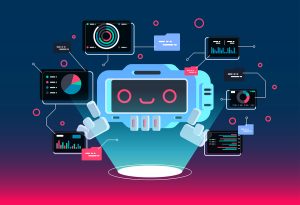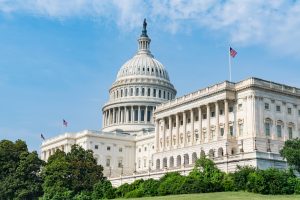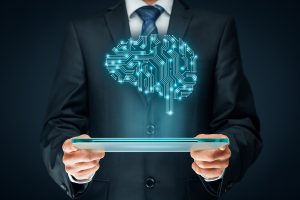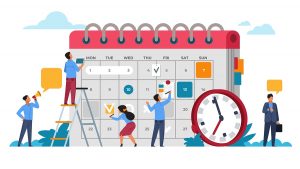 The way we look at and use databases has changed dramatically over the past several years. Starting with data center consolidation mandates and the push to Cloud First and later Cloud Smart, agencies across government have been reinventing how they use and access databases.
The way we look at and use databases has changed dramatically over the past several years. Starting with data center consolidation mandates and the push to Cloud First and later Cloud Smart, agencies across government have been reinventing how they use and access databases.
DevOps is making an impact on how databases are planned and managed. The continuous updates and faster releases are being applied to database management to make government more agile. It also acts to make government systems more secure. The DevOps process that introduces more automation and continuous improvement means that human-related data errors can be mitigated earlier in deployment processes. Combined with encryption, this approach of granting access to sensitive data to those with the correct permissions can also mask the data in copies of databases used for development and testing.
The potential "downside" of DevOps throughout government is the fact that application developers are being asked to double as database administrators to maintain fluidity in the process and support an agency's rapid release cycle. But, if we recognize this concept of the "accidental database administrator," we can get them the tools to succeed. Software as a Service-based application performance management (APM) is one tool that developers can use to continuously identify performance and availability issues leading to proactive reporting of matters that may be "beyond their pay grade."



 Recently, Market Connections released their
Recently, Market Connections released their  Blockchain technology is a new way of passing information from
Blockchain technology is a new way of passing information from  More than finding cost efficiencies with cloud, government has realized its adoption is critical to business continuity. With mandatory telework as a result of COVID-19, organizations that have been proactive in their move to cloud found themselves able to quickly adapt and continue business as usual in very unusual times. Organizations that did not prioritize cloud found themselves scrambling to give employees access to the technology they needed to do their work.
More than finding cost efficiencies with cloud, government has realized its adoption is critical to business continuity. With mandatory telework as a result of COVID-19, organizations that have been proactive in their move to cloud found themselves able to quickly adapt and continue business as usual in very unusual times. Organizations that did not prioritize cloud found themselves scrambling to give employees access to the technology they needed to do their work. With many people in a rush to put 2020 behind us, those of us in the government market can safely say we're operating like it's 2021 (not as fun as partying like it's 1999, but anything beats 2020, right?). While the rush to meet the deadline for federal government fiscal year (GFY) spending on September 30 may have felt oddly comforting in its familiarity, there are
With many people in a rush to put 2020 behind us, those of us in the government market can safely say we're operating like it's 2021 (not as fun as partying like it's 1999, but anything beats 2020, right?). While the rush to meet the deadline for federal government fiscal year (GFY) spending on September 30 may have felt oddly comforting in its familiarity, there are 
